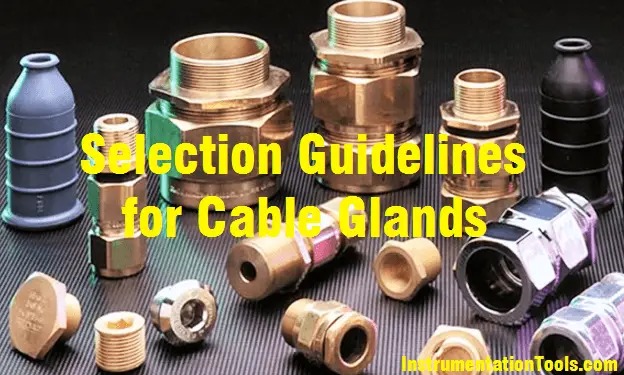There are many factors to consider when selecting cable glands for industrial installations. Neglecting to pay due attention to some of these factors may cause unnecessary anxiety at a future point in time when the equipment and cables have been delivered on site, but for example the cable glands have either been forgotten to be ordered or it is discovered that they are the incorrect type or size at the very point when they are needed the most.

Good advice would be to allocate some value added planning and preparation time to the subject of cable gland selection so as to avoid the great inconvenience which is likely to occur at a critical point in time. In the event that a user or contractor is in possession of a cable schedule that requires a cable gland selection and sizing process to be carried out.
For installations in Hazardous Areas, special considerations should be taken into account to ensure compliance with national or international codes of practice.
Check whether a thread conversion adaptor / reducer is required to make the installation.
Check whether any stopper plugs are required to close unused cable entries.
In this article, a simple example will teach you the conversion from Boolean algebra to…
In this article, you will learn the PLC cooking timer example for kitchen automation using…
Learn an example PLC program to control a pump based on level sensors using ladder…
In the PLC timer application for security camera recording, when motion is detected then camera…
In this example, we will learn batch mixing with PLC ladder logic program using timer…
This PLC example on manufacturing line assembly is an intermediate-level PLC program prepared for the…
View Comments
I want to know about all cable Electrical and Instrumentation.
how many types gland in use instrument cables.